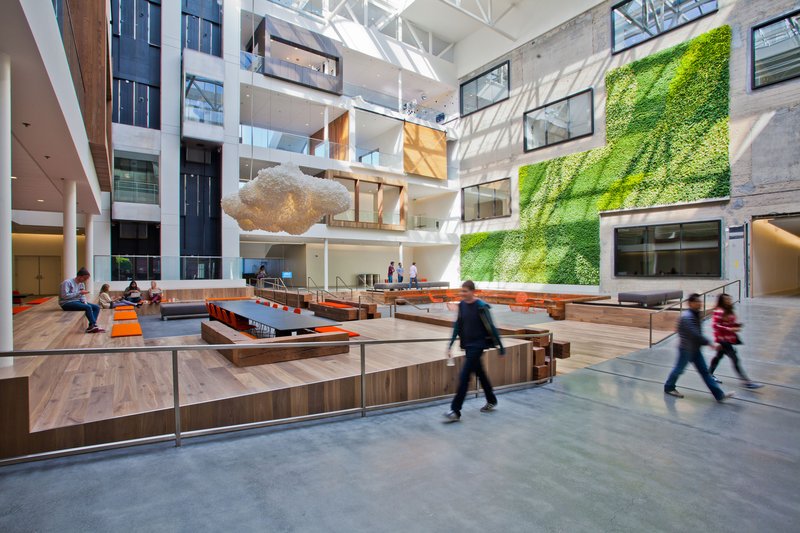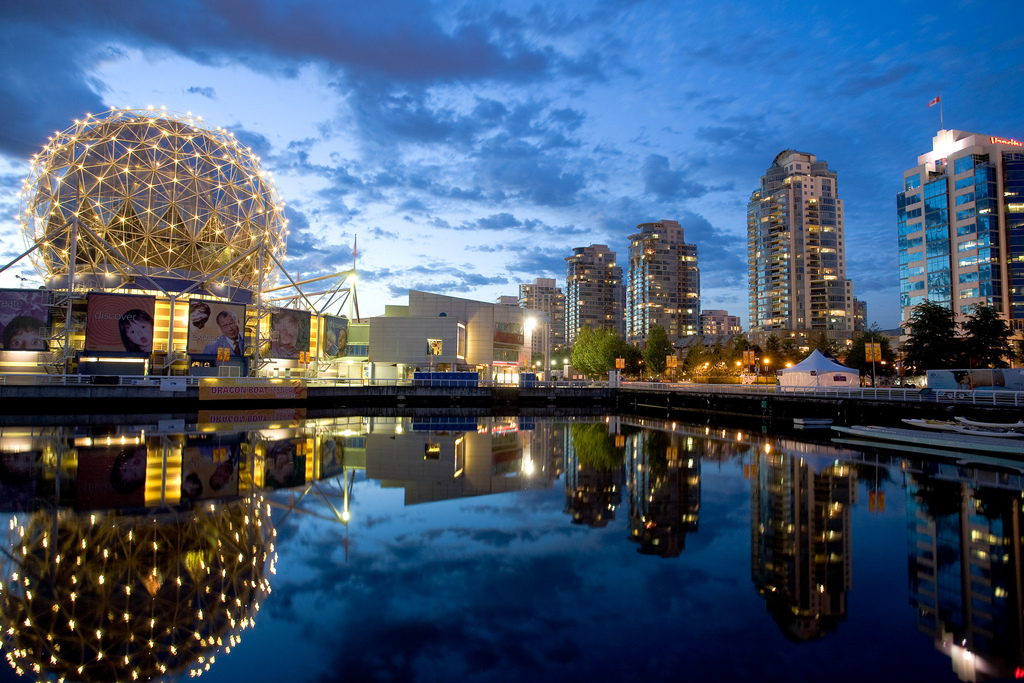My favorite part of marketing is marketing the experience. Whether it be traditional advertising, digital immersion or social engagement, the true test of successful marketing lies in the experience you create with your customer. If they can experience your brand, help tell your story and engage your message with others, you become exponentially higher on the food chain of marketers. I often research top brands to see what they are doing to effectively create the element of experience in their marketing efforts.

Here are some success stories that show you how this concept of experiential marketing goes way beyond a headline, image or song. It’s all about storytelling and connection. Click here to experience.




